The 2nd Series - SEIKO World Time
Model No. 6217-7010
The 2nd Series SEIKO World Time was the first became the first "standard" edition world time from SEIKO, manufactured in 1967.
The Seiko World Time 6217-7010, Standard Edition


In 1967 SEIKO continued production of the new case design, originally introduced in the 1966 Asian Games watch, but now with a standard horseshoe case back. This was the first time a non-commemorative case back was used on the World Time models, perhaps indicating a desire to transition this special edition watch to a standard offering in SEIKO's product line.
An odd year
1967 was an unique and perhaps odd year for Seiko's World Timer production. As of this writing it is not clear just how many model variations were made in this year, but there were possilby several, as follows:
- It looks like perhaps no watches were produced in January
- In February and May we see only dark grey dial variants (nearly all) with lume on the hands and dial (like the one shown throughout this article). The Serial Number scheme is 7-digits
- In June we see silver dial variants without lume on hands or dial, also with the 7-digit Serial Number scheme
- In November and December we see examples of the silver and grey dial variants with lume on hands and dial (like in May), but now with a 6-digit Serial Number scheme
And of course in May - December we also see the re-edition of the 6217-7000 (1964 model) with an updated case back, still with Olympic torch - and many examples with lumed hands, but no lume on the dials - and possibly the use of a red GMT hand without lume.
Uncertainty in Original Attributes
This specific model presents several challenges when attempting to authenticate / confirm originality.
First, there are no known catalog scans, and no sale/marketing materials or manufacturer's photos of this model have surfaced.
This is true for both the Asian Games commemorative edition from 1966 and the standard horseshoe case back edition from 1967.
Second, cataloged variants include some with 6217-7010 standard case backs and previous model (6217-7000) dials and hand sets (without lume and with prior model dial codes), but sporting the updated cities bezel.
It seems likely that the Asian Games version is a valid example of SEIKO using the previous model's dial and handset in the new case and with new bezel.
It is however unclear if this continued with the standard horseshoe case backs in 1967.
Finally, finding examples of this model for sale are exceedingly rare and demonstrate little or no consisistency, for instance in bracelet or strap used.
Even the serial number scheme is changed in (perhaps) November from a 7-digit scheme to a 6-digit one.
The focus of this article are the examples with case back and dial's marked 7010.
Table of Contents
- Key Statistics
- Top-Line Sales Info
- The Case
- The Dial and Hands
- The Cities Bezel
- Original Bracelets
- Estimated Total Production
- Resale Value
- Related Articles
Key Statistics
38.5mm
Watch Case Size w/o Crown
45mm
Lug to Lug Measurement
Rare
Rarity Index Among Cataloged Examples is 10.0 out of 10
23
Total Examples Cataloged
2.9%
Percentage of all Cataloged Mechanical Examples
Top-line Sales Info
- 38.5mm stainless steel case
- In-house movement: 6217A – 17 jewel automatic, 2.5Hz / 18,000 bph
- Date display at 3-o'clock w/ quick change at second position of the crown
- Waterproof to 30m
- 2-way Diashock protection
- Offered in silver linen and black sunburst dial options with applied indices
- Luminous paint applied to the dial and hands for legibility in the dark
- Unknown MSRP
The Case
The 6217-7010 has a larger, revised case compared with the 6217-7000. The case itself is 38.5mm wide (vs 37.5mm on the 6217-7000), and the case back is a screwdown type instead of a snap-on. This case was first used in the 1966 Asian Games commemorative version, with the 1967 cases getting the standard Seiko horseshoe caseback for the first time.




The Dial and Hands
While the Asian Games special edition watch takes credit for being the first 6217-7010 model designation (in August 1966), it was these later 6217-7010's' in 1967 that received the updated dial and handset.
Both dials (silver and black) remained nearly identical to their prior versions, with added circular dots of lume at the inside edge of each hour marker.
The dial code designation was also updated to read: JAPAN 6217 | 7010TAD.
Similarly, the hour and minutes hands retain their previous shape, this time with strips of applied lume.
The tapered GMT hands retired completely, with all examples now using the thin variety for this series.
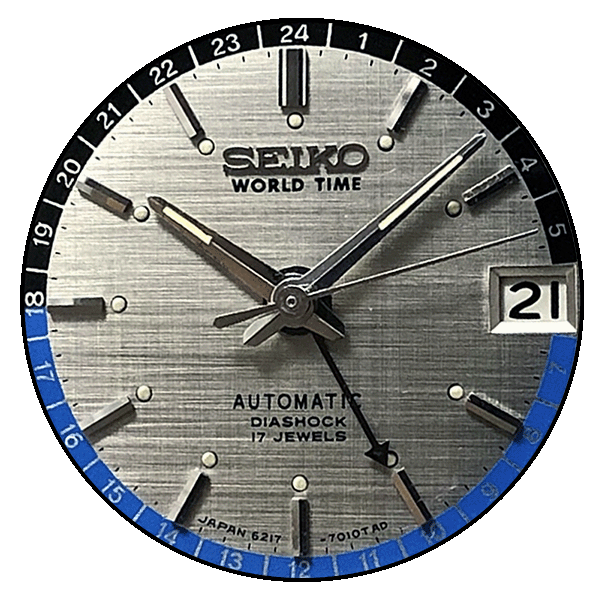
JAPAN 6217-7010TAD
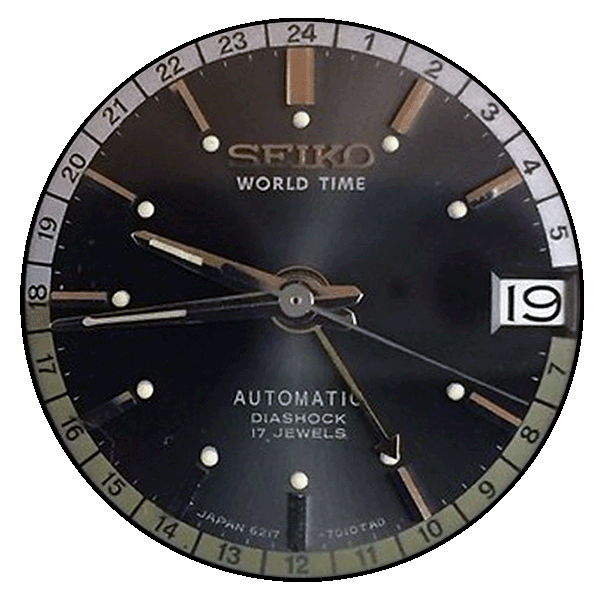
JAPAN 6217-7010TAD

JAPAN 6217-7010TAD
NOTE: There appear two be two variations of the black dial's 24-hour ring. One has a more copper/gold or yellow tone on the bottom half, the other a more reddish bronze tone. It is unclear if these are examples of the same dial, with some having faded over time, or in fact different color options.



JAPAN 6217-7010TAD
The Cities Bezel
The reference cities were also updated, with Rangoon and Bangkok switching inner/outer ring positions. Singapore was added. On the silver version, the inner cities were changed from black to blue, while the outer cities remain in black.
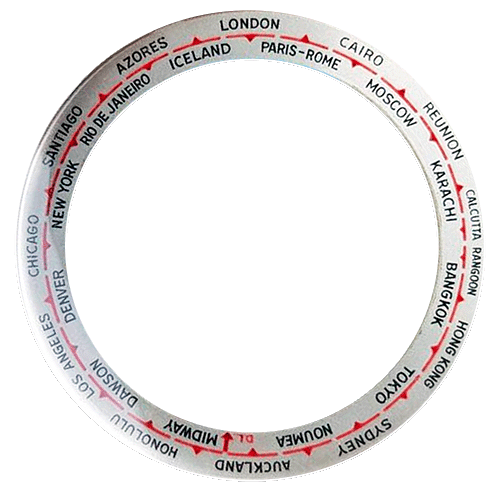

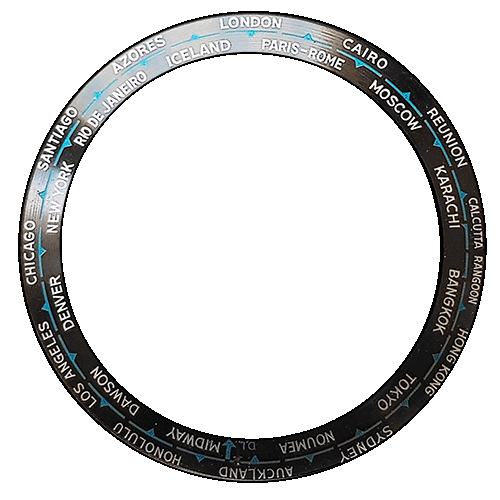

Follow the link below for a more detailed look at the evolution of the cities bezel:
Original Bracelets
As of this writing, it is unclear which bracelet options were offered with the 1967 versions of the 6217-7010. To-date no sales or marketing literature has been found and no original NOS watches identified.
Estimated Total Production
This model is particularly tricky for estimating production numbers.
It appears that perhaps from Feburary through at least June SEIKO was using a consecutive numbering scheme that may not have reset with each month and may have been shared across different models.
In November (perhaps earlier) SEIKO switched to a 6-digit serial number scheme, but current data is too thin to determine if the production counts reset in Decemeber.
Using the standard calculation (the highest production number in each month), as many as
102,949 of these watches were produced, though the actual number is likely much, much lower.
Click here to view the cataloged examples.
Resale Value
Please note:
- This scale is a derivative of the Hagerty Classic Car Condition Rankings, adapted for watches. It is an attempt to keep it simple. They explain it really clearly here (albeit in car terms): Car Conditions: What The Numbers Mean.
- Almost no one owns or has even seen a condition 1 example of this watch in at least a few decades. Most of what is sold online today are condition 4 and 5 watches - if you think you have a gem, it is most likely a 3.
- While many enthusiasts spend inordinate amounts of time chasing down the best deal, digging through the dark corners of the internet, local antique shops and estate sales, and are ok fixing things up themselves... a lot of others would like to just know what a clean example is worth from a reputable source - that's what these are. Think of them as the price you would expect to pay if you saw one of these under the glass at your favorite local watch shop.
- All values assume OEM parts or all original examples. After market dials, mismatched bracelets etc will reduce the value, in some cases substantially. For example a non-original bracelet can reduce the overall value by 10-20%, a non-original dial may reduce resale value by 80% or more.
- Finally, gold-tone variations (these are not gold plated, but rather gold colored base metal) command a much lower resale value, from 50% to 80% less than equivalent examples in stainless steel.
| Rank | Description and Value |
|---|---|
1 |
Condition 1
A perfect original (NOS) that has been professionally serviced and where all components are functioning as new; also a watch that has been restored to current maximum professional standards of quality in every area, showing no signs of wear; a 95-plus point show piece that isn't worn.
|
2 |
Condition 2
Well-restored or a combination of superior restoration and excellent original, where any replacement parts are strictly OEM; also, an extremely well-maintained original showing very minimal wear, or NOS that has not been professionally serviced.
|
3 |
Condition 3
Completely operable original or "older restoration" showing wear; also, a good amateur restoration, all presentable and serviceable inside and out. Plus combinations of well-done restoration and good operable components or a partially restored watch with all parts necessary to complete a restoration and / or valuable NOS parts.
|
4 |
Condition 4
A wearable watch needing no work to be functional; also, a deteriorated restoration or a poor amateur restoration. All components may need restoration to be "excellent", but the watch is usable "as is".
|
5 |
Condition 5
Needs complete restoration; may or may not be running, but isn't rusted, wrecked or stripped to the point of being useful only for parts.
|
6 |
Condition 6
May or may not be running, but is weathered, wrecked and/or stripped to the point of being useful primarily for parts.
|
Related Articles

The Seiko World Time 6217-7000 - 1967
All about the reproduction of the first series world time watch from SEIKO in 1967
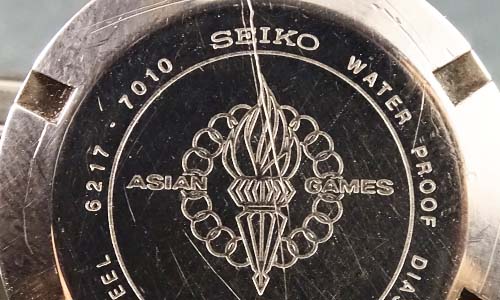
The Seiko World Time 6217-7010 - Asian Games
All about the Asian Games World Time watch from SEIKO, August 1966
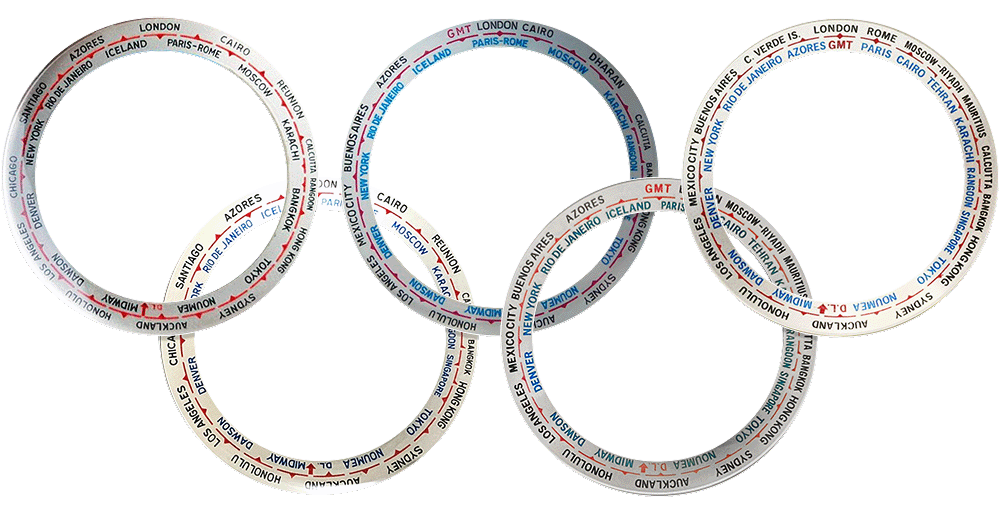
Reference Cities - Changes over the Years
A history of changes to the Cities Bezel on SEIKO World Time mechanical watches from 1964 through 1976
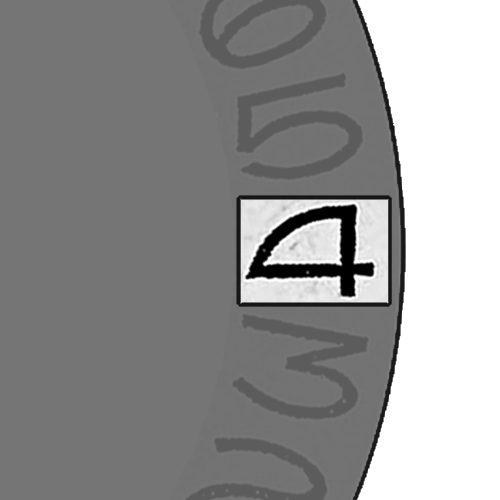
The Date Wheel - Changes over the Years
A history of changes to the Date Wheels on SEIKO World Time mechanical watches from 1964 through 1976
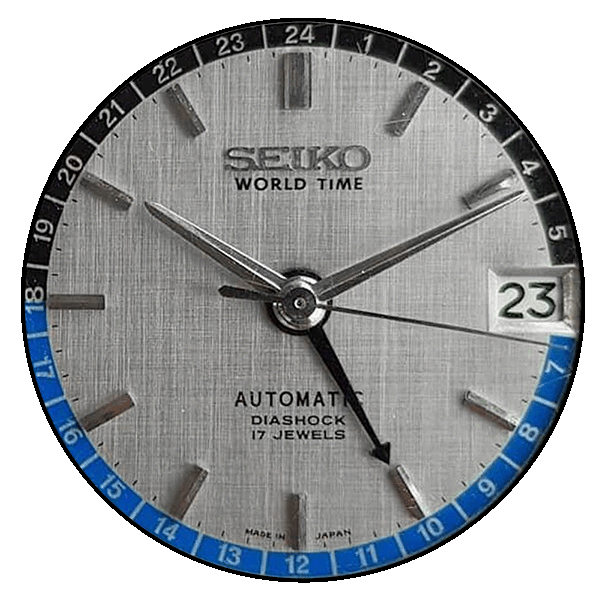
The Dial - Changes over the Years
A history of changes to the Dials on SEIKO World Time mechanical watches from 1964 through 1976
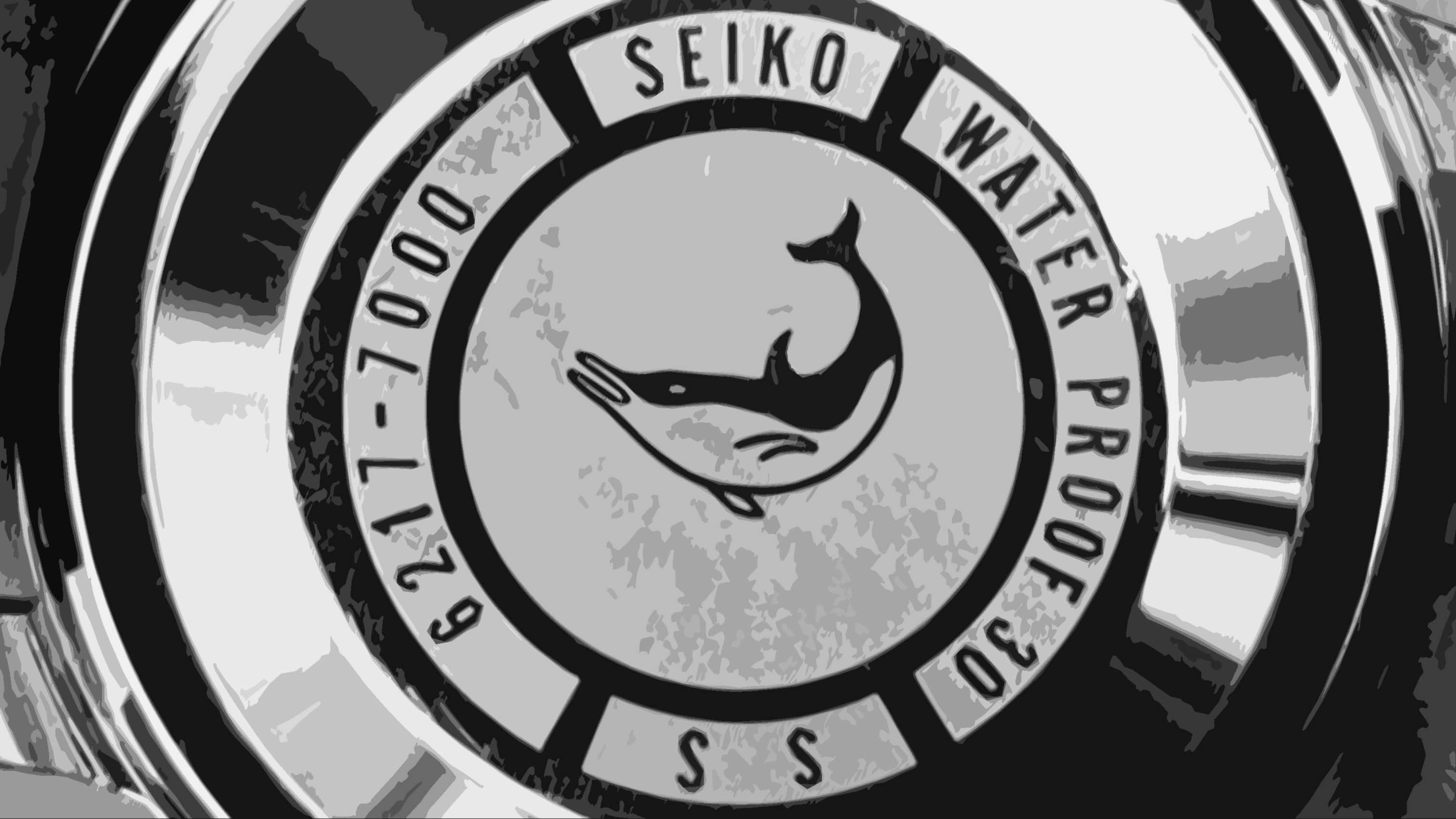
The Seiko World Time 6217-7000 - The Dolphin
All about the Dolphin World Time watch from SEIKO, December 1964

Authenticating The Seiko World Time 6217-7000
Tips on confirming the originality of your Seiko World Time 6217-7000

The Seiko World Time 6217-7000
All about the first series world time watch from SEIKO in 1964